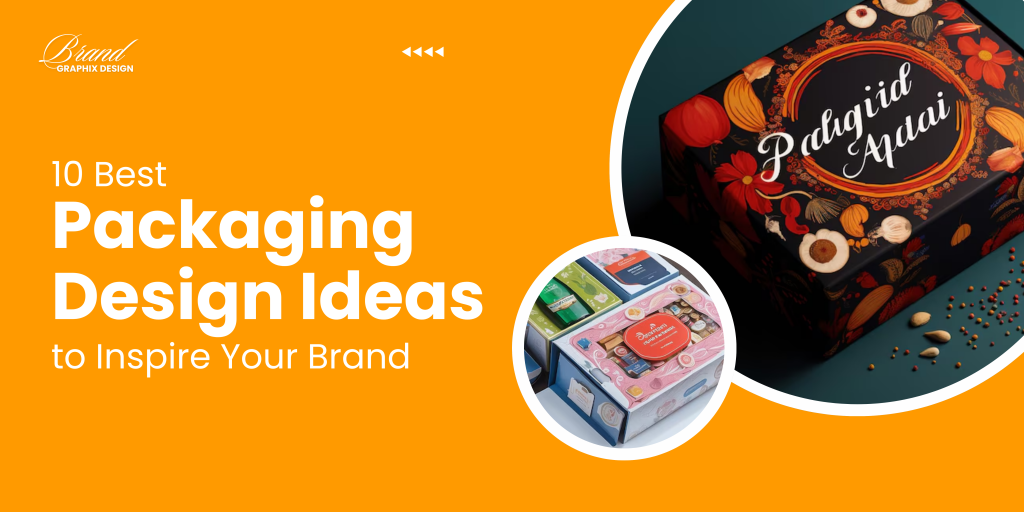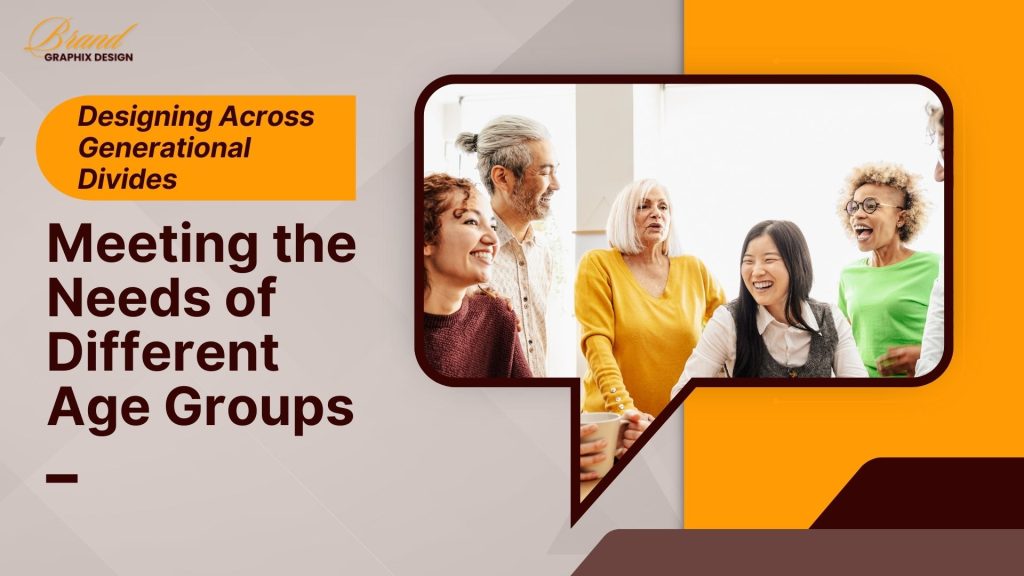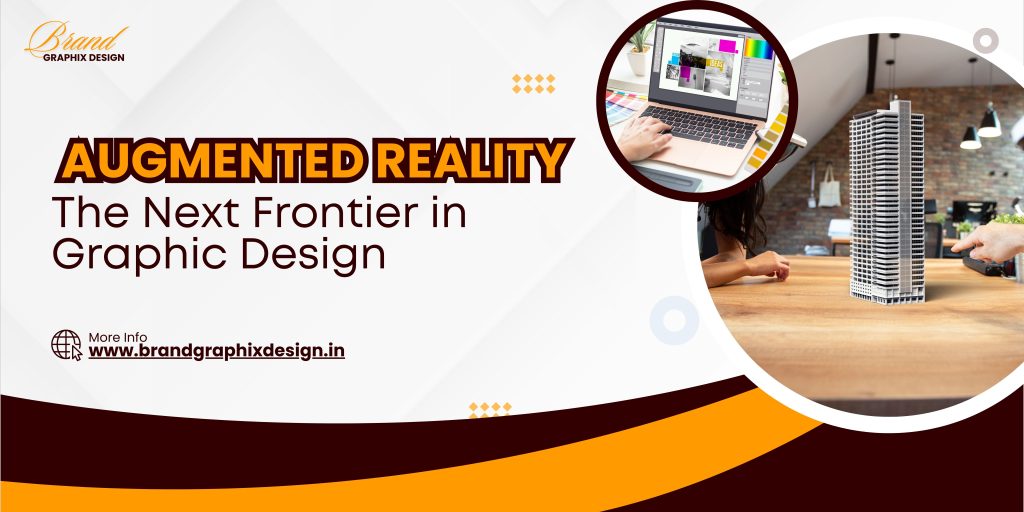The Power of Packaging Design
Packaging design is more than just a way to keep a product safe; it is a powerful marketing tool. The right packaging design can create an emotional connection with customers, help your product stand out on store shelves, and reinforce your brand identity. In today’s highly competitive market, where every product is vying for attention, innovative packaging can make all the difference in a consumer’s purchasing decision. This blog explores 10 of the best packaging design ideas that can inspire and elevate your brand. From sustainable packaging to creative, eye-catching designs, these ideas can help you create a memorable experience for your customers and increase brand loyalty.
1. Minimalistic and Sleek Design
Minimalism is a design trend that has gained immense popularity in recent years. The “less is more” approach allows products to stand out without overwhelming the consumer with unnecessary details. A minimalistic design typically features simple typography, a limited color palette, and clean lines. This style exudes sophistication and elegance, making it ideal for premium products. The focus on simplicity helps consumers immediately identify the brand and product. For example, high-end skincare brands or boutique food items often embrace minimalism to convey luxury and exclusivity. A sleek, minimalistic design also ensures that the packaging looks modern and timeless, making it appealing to a broad range of customers.
2. Eco-Friendly Packaging
Sustainability has become a key consideration in packaging design. Eco-friendly packaging not only helps reduce environmental impact but also appeals to consumers who are increasingly environmentally conscious. Using materials such as recycled paper, biodegradable plastics, or reusable packaging can make your brand stand out. In fact, brands that prioritize sustainability in their packaging often build stronger relationships with customers, especially younger demographics who value environmental responsibility. Eco-friendly packaging can take various forms, from compostable wrappers to reusable glass containers. By choosing sustainable options, your brand can demonstrate its commitment to the planet, which in turn can lead to increased customer loyalty and sales.
3. Bold and Vibrant Colors
Color is one of the most impactful elements of packaging design. Bold, vibrant colors immediately grab attention and evoke strong emotional responses. Whether it’s a bright red that signals energy and excitement or a rich blue that conveys trust and reliability, color choices can influence consumer perception and drive purchasing decisions. Many successful brands use color psychology to their advantage. For example, food and beverage brands often use bright, appetizing colors like yellow and orange, while health and wellness products may lean towards calming hues like green or white. Bold colors can also help your product stand out in a crowded marketplace, making it instantly recognizable on store shelves or in online listings.
4. Unique and Playful Shapes
One of the most innovative ways to differentiate your product is through unique and playful packaging shapes. Custom shapes not only make the packaging more visually appealing but also create a memorable experience for the consumer. For example, beverage brands might design bottles in the shape of a fruit, or cosmetics brands might package their products in the form of a flower. These unconventional designs spark curiosity and encourage consumers to pick up the product, ultimately leading to increased sales. Playful shapes can also add a sense of fun and whimsy, which can be especially appealing to younger audiences or products targeting families with children.
5. Vintage and Retro Designs
Nostalgia is a powerful marketing tool, and many brands are turning to vintage or retro-inspired packaging to evoke feelings of nostalgia. Whether it’s a throwback to the 80s, 90s, or even earlier decades, vintage designs can help connect with consumers on an emotional level. Retro packaging often uses classic typography, aged colors, and old-school logos to create a sense of timelessness. This design trend is particularly effective for products with a long history or heritage, such as beverages, confectionery, or even health and beauty products. Vintage packaging not only appeals to consumers’ emotions but also stands out in a modern marketplace dominated by sleek, contemporary designs.
6. Transparent Packaging
Transparency in packaging is a powerful design choice that highlights the product itself. Using clear materials like glass or plastic allows consumers to see exactly what they’re purchasing, which can increase their confidence in the product’s quality. For food and beverage products, transparent packaging helps showcase freshness and natural ingredients, which can be key selling points. In addition to being functional, transparent packaging often has an aesthetic appeal that makes the product appear high-end and artisanal. It also provides an opportunity to feature product labeling or branding without covering up the contents, making it an effective choice for brands looking to build trust and transparency with their customers.
7. Interactive Packaging
Interactive packaging is a trend that blends innovation with customer engagement. This type of packaging encourages consumers to interact with the product or packaging in a fun and meaningful way. For example, some brands have incorporated QR codes or augmented reality (AR) features on their packaging, allowing customers to scan the package and unlock exclusive content or promotions. Others have created packaging that doubles as a game, a puzzle, or even an educational tool. Interactive packaging is especially popular in the toy and tech industries, but it’s also gaining traction in other sectors, such as food, cosmetics, and even luxury goods. By incorporating interactive elements, brands can create a memorable customer experience that drives repeat purchases and social media buzz.
8. Customizable Packaging
Customizable packaging is an excellent way to connect with your audience on a personal level. Allowing customers to personalize their packaging – whether by adding their name, choosing colors, or selecting a unique design – creates a sense of ownership and specialness. Many brands, particularly in the gift or special occasion market, offer customizable packaging as a way to enhance the customer experience. This idea can also extend to limited-edition packaging, where customers can choose between different designs or styles. Customization creates an emotional bond with the consumer, which can lead to higher brand loyalty and repeat business.
9. Premium Packaging Materials
Premium packaging materials instantly convey a sense of luxury and quality. Materials such as embossed paper, foil stamping, velvet finishes, and custom-made boxes are often used for high-end products. These materials not only enhance the tactile experience of opening the product but also serve as a symbol of the product’s value. For luxury goods like watches, perfumes, or fine chocolates, premium packaging can elevate the perceived worth of the item and justify its higher price point. Premium packaging helps create a sense of exclusivity, making customers feel as though they are purchasing something special. It can also be reused, giving customers additional value long after the product is used.
10. Transparent Labeling and Information
In today’s consumer-driven market, transparency is more important than ever. Customers want to know what they’re buying, and clear, honest labeling plays a crucial role in gaining their trust. Packaging that provides easy-to-read nutritional facts, ingredient lists, and usage instructions is essential for food and beauty products. However, transparent labeling goes beyond just functional information; it can also communicate your brand’s story and values. For example, eco-friendly brands often use their packaging to detail their sustainability practices, while ethical companies may showcase certifications like Fair Trade or cruelty-free. Transparent packaging helps build trust, foster loyalty, and provide customers with the information they need to make informed purchasing decisions.




